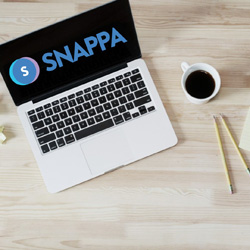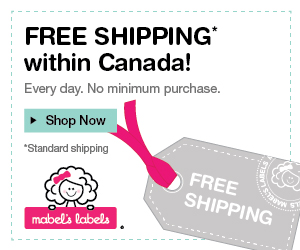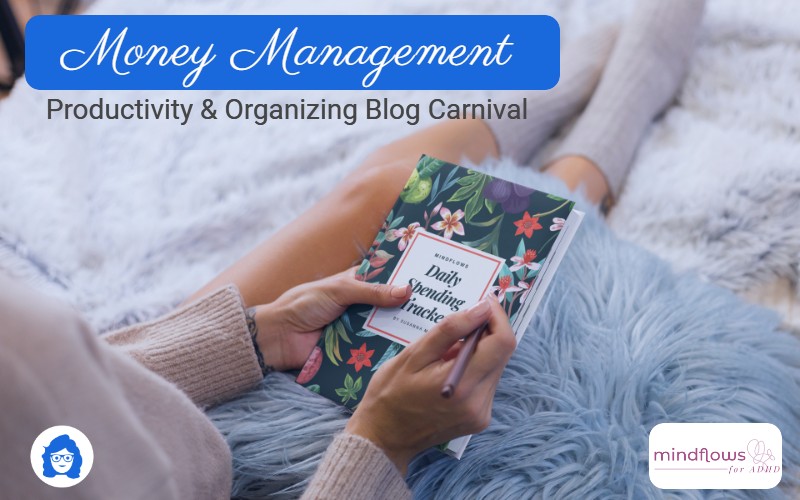What is Net 30 & why is it (probably) bad for my business?

This page may contain links to Amazon.com or other sites from which I may receive commission on purchases you make after clicking on such links. Read my full Disclosure Policy
When it comes to your business, one of the most important things is to make sure you get your invoices paid on time.
One of the best ways to ensure that is to decide on the correct payment terms you should be using on your invoices. That’s where Net 30 comes in.
It’s the most common invoice payment terms used by businesses of all sizes and in all spheres. While standard, it has different impacts on small businesses and freelancers especially.
That’s why today we’ll look at what exactly Net 30 is, why it’s used by so many businesses, the advantages and disadvantages, and how you can protect yourself from all the bad parts while enjoying all the benefits.
What is Net 30?
Net 30, in a nutshell, is a payment term that informs the client they have 30 days to pay your invoice. The ‘30′ in Net 30 discusses the length of time allowed for payment.
Technically, Net 30 is a short-term credit extended by the supplier to the client. It is so standard across the business world that, for example, clients in the UK have a legal obligation to pay their suppliers within 30 days.
While it is so standard, many business owners simply think it’s a natural part of business that they are willingly extending short-term credit to their clients. They don’t realize that it’s a standard that doesn’t have to be followed.
You can try different terms for your business, such as Net 21, Net 15 or even Net 10.
Why is Net 30 used?
The advantages of Net 30 revolve around one primary truth: short-term credit extensions mean that customers have a higher incentive to purchase.
It is natural that consumers are much more willing to pay for something if that payment is delayed until a later date. This could help explain why 20% of Americans use their credit cards for nearly every purchase.
Net 30 is also an interest-free extension, unlike credit cards that charge interest.
In accounting, Net 30 allows clients to keep their own cash for a longer amount of time. This means they end up delaying cash outflows, thus improving their overall cash flow.
And with greater cash flow, they are much more capable of meeting their financial obligations, amongst other things.
Why Net 30 is (probably) bad for your business
Whether Net 30 is good or bad for your business is a discussion based on the size and financial stability of your business.
For larger businesses with stable and multiple sources of revenue, they get all the benefits of the incentive. Many customers jump on board on a regular basis and pay on such a rotating basis that they offset the delayed payments of Net 30.
In essence, they can wait for the payment to be delivered because of the large number of clients they have.
Small business owners and freelancers are often not so lucky. In fact, they may have just one or two primary clients who bring in the bulk of their revenue.
Because of that, they may not have the means to wait 30 days for their clients to pay up.
The second disadvantage is also quite crucial: many clients are not sure when the 30 days actually begin. Is it 30 days from the invoice issue date? Or is it 30 days from the date the goods or services were delivered?
Or, even worse, is it 30 days from the date the client is first paid by his client? In that case, you may very well end up waiting 60 days or more for your invoice to be paid.
That is a long time to wait for your payment, time in which your own financial obligations need to be met.
How you can use Net 30 and avoid the pitfalls
Nevertheless, there are ways in which you can use the Net 30 invoice payment term to your advantage.
#1 Agree to start date
You should get this crucial detail out of the way immediately. You and your client need to agree on when the 30 days begins. For most people, it begins on the date the invoice is issued (not received), which is much more logical now that invoices are submitted electronically anyways.
#2 Use different Net terms
You don’t have to stick to 30 in Net 30. You can decrease the amount of time that your client has to pay, using Net 21 or even Net 15.
While this means that your invoices should be getting paid faster, it also means that your client now has a lower incentive to use your services.
#3 Add on late charges
Although Net 30 means that the credit you’re extending is interest-free, it shouldn’t be the case forever. Once the invoices is past due, you should apply a late charge as a percentage of the total invoice amount. You can do this on a weekly or monthly basis.
This will be adequate pressure to get your client to pay you faster.
#4 Don’t give new clients Net 30
Perhaps the best advice to give is to keep Net 30 payment terms for your dependable clients. This helps you from getting burned by unstable clients that may or may not pay you on time.
For new clients, you can give Net 15 payment terms until three invoices have been paid in full and on time.
After that, you can “upgrade” your client to Net 30 terms, meaning you have enough trust in your new client.
With these four steps, you will be able to use Net 30 to your advantage, no matter what size your business is. This will help increase your cash flow, investments, and overall business.
Good luck!
Photo © amarosy / depositphotos
Did you find this post helpful?
Share it with your network, and sign up to get new posts by email every week!











Interesting. I’m glad I don’t have to deal with this. I (usually) either get paid at the time of service, or in advance!
That’s the best! My dad used to have an appliance service business, and payment was always expected when the work was completed, with very few exceptions.
I have different payment options. I still do have some clients to whom I extend the Net30 credit. I was just thinking about this today because I have a client from whom I am awaiting payment and I was looking to see when the invoice went out. I agree that it isn’t always a great system, and with newer clients, I collect payment in advance or at the end of the project. I find it easier not to bill for each session, but rather invoice at the end with payment due at that time.
Thanks for sharing your process, Seana. I also prefer at least partial payment up front with new clients. Once we’ve formed a relationship, I’m more lenient, but there are times when we have to chase down a payment, and the extra work is as bad as not being paid on a timely basis.
I am with Hazel, my client usually pay me at time of service, or at the end of the first day of a three day organizing package.
I like the policy of paying at the end of the first day. It’s fair to the client, because by the end of the day, they know they can trust you, and you have the assurance of being paid before you put in three days of work.
Great advice. I have done Net 30, Net 15, and upon receipt options over the years. When I started my organizing business, net 15 was popular but then I realized that I had to hunt down people who didn’t pay which took too much time. So, I dropped it all together and changed my organizing clients to upon receipt which was always due at the end of each session.
I think when you’re delivering a service in person, it makes sense to expect payment the same day. Easier and less paperwork for client and service provider too!
What a great conversation about “Net30!” Like many of you have done, payment is expected at the end of each session. There are a few exceptions. Some clients like to prepay for a block of organizing sessions. Occasionally clients are billed after the work is done if I’m working on an organizing project in absentia.
Thanks for sharing, Linda! It’s interesting to learn the different ways people manage their billing.
This is really interesting! While I think I’m similar to many other organizers in terms of “pay in advance” or “pay at time of service,” I’ve been forced to think differently in terms of my speaking events or corporate clients, when the business A/P is paying me. This is very helpful for me to think not only about what I want but how I need to focus on it in my contracts.
I’ve found that the larger the organization, the longer it takes to receive payment. For speaking engagements, I often send the invoice a month or so in advance so they can have a check ready that day.
I like the sugggestion to only extend Net 30 to my established clients when needed. I take payment on packages at the end of the first session and sessional work is paid at the end of the day. I used my “gut feeling” on making exceptions to my rules. So far so good.
It’s so important to trust your intuition!
Net 30 is a specific type of trade credit where the payment is due in full 30 days after the item is purchased.Great blogs and good advice! It’s very Interesting and helpful.
What i have seen is that doing home organizing jobs its easy to get payments instantly. But if you are working on a commerical project, there are a lot of delays up to 60 days too and it gets frustrating at times.
That’s the reason i now do only home organizing gigs only.
That’s an interesting and valid point, Sonia! And it seems the larger the organization, the more departments everything has to pass through before a payment is issued.